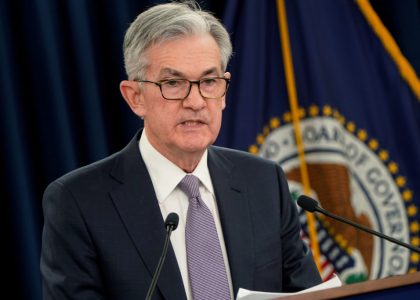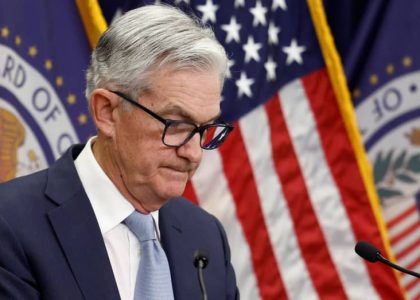Our focus on the commercial trader population within the Commodity Futures Trading Commissions' (CFTC) weekly Commitments of Traders (COT) report is based upon the premise that these people are some of the most well connected members of today's financial world. Much of the weight we give them is based on years of watching their positions build and decline in conjunction with the economic news of a given market. Their timing is uncannily accurate. Therefore, when their actions forecast a given scenario ahead of an important news event, we take note. When the news, like this morning's unemployment report, moves the market further against their position, we REALLY take note.
We've seen a significant trend among the commercial traders within the interest rate sector. Over the last six weeks, we've watched them push money into the short end of the yield curve while pulling money from the long end. In fact, their net short position in the 30-year Treasury Bonds is now the most bearish it has been since 2004. This is a clear indication that they expect the yield curve to steepen in response to the Treasury's expected actions later this month. Obviously, this morning's action threw a wrench in the works. Let's see if they're wrong or if this is just a blip on their big picture outlook.

Our focus here is the long end of the yield curve, the 30-year Treasury Bonds. They're the most volatile leg of the interest rate spread. As you can see, the large speculators and the commercial traders have very different ideas about where they think interest rates are going ahead of the June 14-15 Federal Open Market Committee (FOMC) meeting. There are two important points to make here prior to our conclusion. First of all, the commercial trader and large speculator net positions appear nearly equally distributed at long 72k contracts versus short 84k contracts. However, the total commercial position is nearly 75% larger than the speculative position. More importantly, the commercial total position size is less than half its recent maximum size. This means that commercial traders still have plenty of selling capacity left in reserve while the speculators are quickly nearing exhaustion. Secondly, though technical in nature, it's important to note the waning momentum illustrated on the chart above, even as we approach the upper end of our recent trading range.
We feel that the commercial traders still maintain the upper hand in the more sensitive, long end of the yield curve. Based on the fundamental and technical picture, we'll focus less on the disappointing non-farm payrolls number of +38k and focus instead on the ISM manufacturing numbers that came in higher than expected along with its associated upward revisions.
It's a bold move to take a position ahead of a major news announcement like this month's FOMC meeting. However, it has been our experience that siding with the commercial traders ahead of these reports typically works out in our favor. Finally, if we use our nimbleness to execute these trades at slightly better prices, so much the better.




